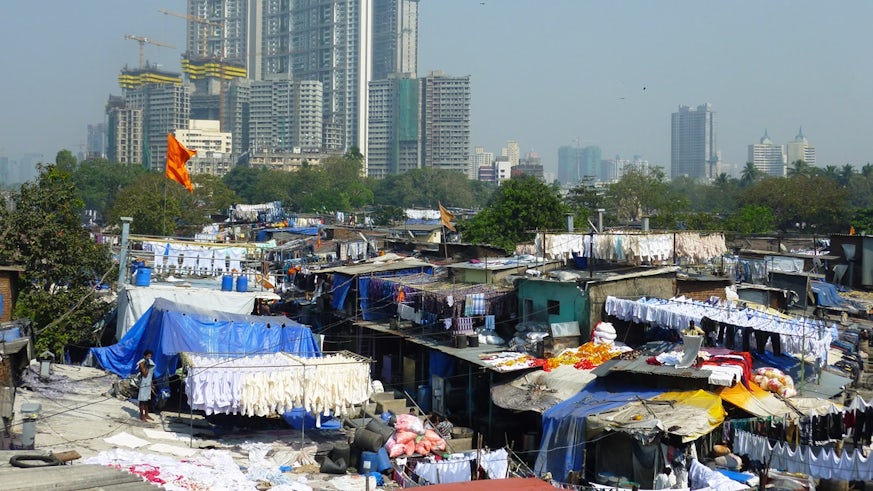Professor Aseem Inam awarded prestigious grant for leading-edge research on urbanism
11 January 2021

Professor Aseem Inam, Chair in Urban Design at the Welsh School of Architecture in Cardiff University, has been awarded the UK Arts and Humanities Research Council's prestigious Research Networking Scheme Grant to examine how cities can be designed in radically democratic ways.
Professor Inam will be collaborating with distinguished urban scholars from the University of Cambridge and the University of Sheffield in the UK, the University of Texas at Austin in the US, the University of Newcastle in Australia, and the Indian Institute of Human Settlements in India. The team will also be working with leading-edge urban and grassroots organisations that are designing the public realm in highly innovative ways in Bengaluru, Cali, Cape Town, Jakarta, Phnom Penh, and Sao Paulo.
The AHRC-funded "Designing Publics" Research Network will address the lack of systematic understanding of how publics are designed via processes the spatial production of the public realm, especially through the use of informal strategies in cities of the global south. Cities are amongst humanity's greatest creations, and the public realm is arguably their most significant aspect. The most potent aspect of the public realm lies in its capacity to deliberately and creatively generate [i.e. "design"] publics via the process of its making [i.e. "production"].
The Research Network will draw insights from case study analyses of multiple types of informal strategies for producing the public realm in cities of the global south, by paying close attention to both the specifics of differing contexts and general patterns that emerge across them. What this implies for designing the future of the public realm is that there is actually far more room for creativity than we may currently imagine, which arises from the fact that every current tradition was invented previously as a creative response to the given conditions of its time.
Thus, urbanists across the spectrum—from design professionals to artist activists to ordinary citizens—always possess the radical possibility of designing new and transformative traditions for the public realm, and indeed for cities. These are the types of potentially transformative approaches to designing cities that will emerge from the work of the network.